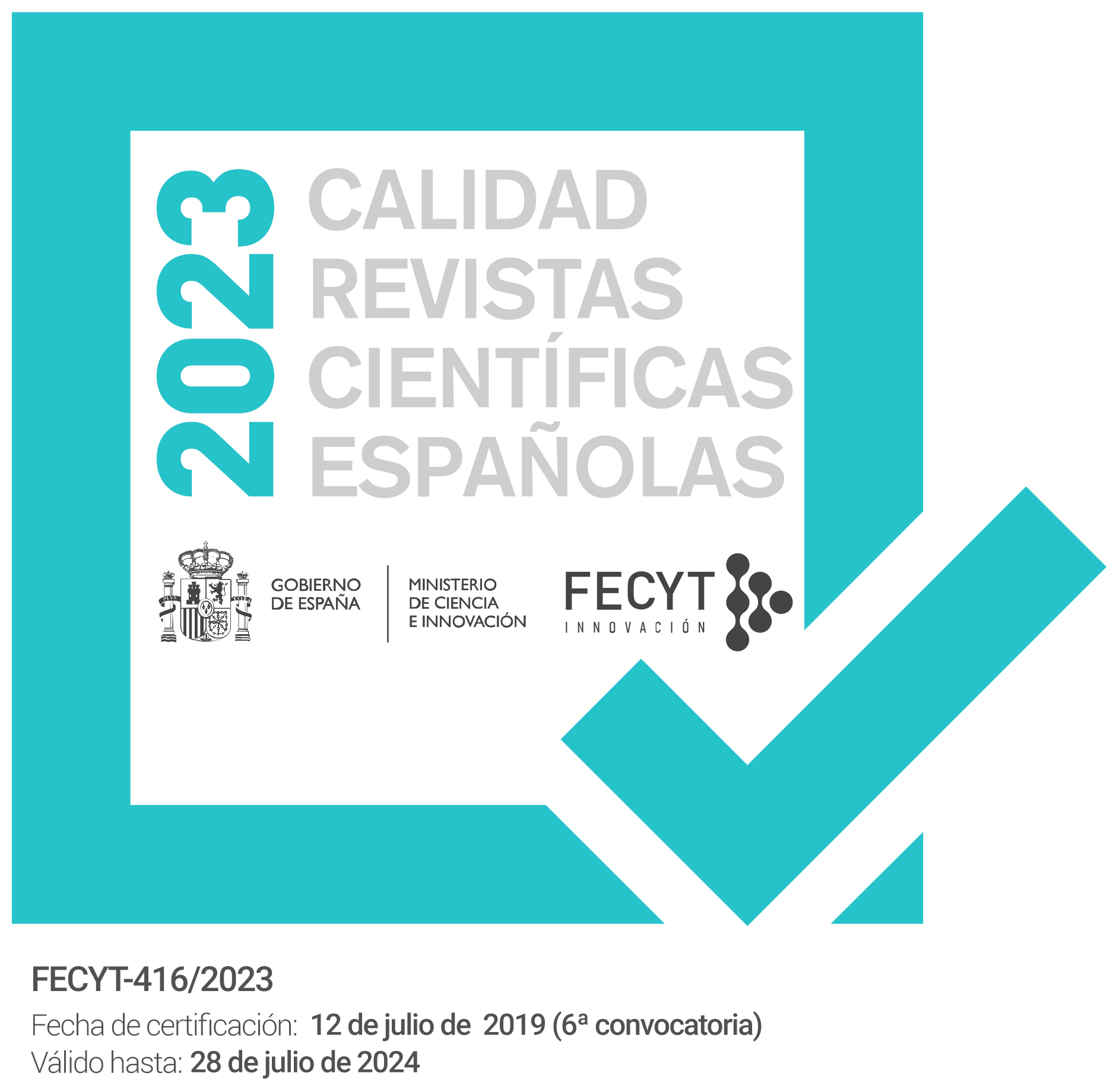La persecución religiosa como autorrepresentación católica transnacional (1900-1936)
DOI:
https://doi.org/10.51349/veg.2024.2.17Palabras clave:
Religión, catolicismo, Iglesia, laicismo, anticlericalismoResumen
Durante el siglo xix los sectores anticlericales y laicistas fueron ganando cada vez más terreno. Al llegar al siglo xx, entre las estrategias que los católicos del mundo utilizaron para tratar de frenar este avance destaca que habitualmente se presentasen como perseguidos por los distintos gobiernos que estaban impulsando medidas secularizadoras, de libertad de cultos o, sencillamente, leyes para separar a la Iglesia del Estado. En la mente de muchos católicos de la época, estas medidas eran prácticamente sinónimo de persecución religiosa, un término que utilizaban para referirse a muy distintos fenómenos, como demuestran los casos de México, Checoslovaquia o España.
Descargas
Referencias
Aston, N. (2000): Religion and revolution in France, 1780-1804, CUA Press, London.
Barrett, D.B.; Todd M.J. (2001): World Christian Trends, William Carey Library, Pasadena.
Brito Moura, Mª.L. de (2010): A “Guerra Religiosa” na I República, Centro de Estudos de História Religiosa, Lisboa.
Camino, A. (2021): Crítica religiosa y género en la obra literaria de la carlista Dolores de Gortázar (1895-1925), Espacio Tiempo y Forma. Serie V, Historia Contemporánea, 33: 167-186.
Cueva, J. de la (1998): Religious persecution, anticlerical tradition and revolution: On atrocities against the clergy during the Spanish Civil War, Journal of Contemporary History, 33: 355-369.
Cueva, J. de la (1999): Cultura y movilización en el movimiento católico de la Restauración (1899-1913), en M. Suárez Cortina (ed.), La cultura española en la Restauración, Sociedad Menéndez Pelayo, Santander: 169-192.
Cueva, J. de la (2000): Católicos en la calle: la movilización de los católicos españoles, 1899-1923, Historia y política, 3: 55-80.
Cueva, J. de la y Montero, F. (2007): Clericalismo y anticlericalismo en la España contemporánea, en J. de la Cueva; F. Montero (eds.), La secularización conflictiva. España (1898-1931), Biblioteca Nueva, Madrid: 9-16.
Cueva, J. de la (2021): Los ecos de la revolución mexicana: el catolicismo español en la transnacionalización de un conflicto (1926-1927), en J.R. Rodríguez Lago y N. Núñez-Bargueño (eds.), Más allá de los nacionalcatolicismos: redes transnacionales de los catolicismos hispánicos, Sílex, Madrid: 203-228.
Finch, A. (2000): A Persecuted Church: Roman Catholicism in Early Nineteenth-Century Korea, The Journal of Ecclesiastical History, 51: 556-580.
Grim, B.J.; Finke, R (2007): Religious persecution in cross-national context: Clashing civilizations or regulated religious economies?, American Sociological Review, 72: 633-658.
Grim, B.J.; Finke, R. (2010): The price of freedom denied: Religious persecution and conflict in the twenty-first century, Cambridge University Press, Cambridge.
Gross , M.B. (2004): The war against Catholicism: liberalism and the anti-Catholic imagination in nineteenth-century Germany, University of Michigan Press, Michigan.
Hempton, D.; Mcleod, H. (eds.) (2017): Secularization and Religious Innovation in the North Atlantic World, Oxford University Press, Oxford.
Hertzke, A.D. (2004): Freeing God’s Children: The Unlikely Alliance for Global Human Rights, Rowman & Littlefield, Lanham.
López, D. (2011): La guerra cristera (México, 1926-1929). Una aproximación historiográfica, Historiografías, 1: 35-52.
Marcos del Olmo, Mª. de la C. (2019): República y religión: España, 1931-1933, y Portugal, 1910-1911, Ayer, 113: 23-49.
Marek, P. (2003): Emancipation of Czech political Catholicism, 1890-1914, East European Quarterly, 37: 1-17.
Marshall, P. (1997): Their Blood Cries Out, Word, Dallas.
Meyer, J. (1973-1975 [2023]): La Cristiada, Siglo XXI Editores, México.
Meyer, J. (2008): La cruzada por México. Los católicos de Estados Unidos y la cuestión religiosa en México, Tusquets.
Meyer, J. (2016): ¿Cómo se tomó la decisión de suspender el culto en México en 1926?, Tzintzun, 64: 165-194.
Molina Fuentes, M.G. (2014): El conflicto Cristero en México: el otro lado de la Revolución, Itinerantes: Revista de Historia y Religión, 4: 163-188.
Olivera, A. (2020): La guerra cristera: Aspectos del conflicto religioso de 1926 a 1929, Fondo de Cultura Económica, México.
Paces, C. J. (1999): “The Czech nation must be Catholic!” An alternative version of Czech nationalism during the first republic, Nationalities Papers, 27: 407-428.
Scott, J.W. (2001): Fantasy echo: History and the construction of identity. Critical Inquiry, 27: 284-304.
Spinka, M. (1923): Religious Movements in Czechoslovakia, The Journal of Religion, 3: 616-631.
Tacchi, F. (2019): The persecution of hatred: a study of the perception and interpretation of anticlericalism in Italian Catholicism (1904-1914), Rivista di storia del cristianesimo, 17: 445-468.
Trapl, M. (1995): Political Catholicism and the Czechoslovak People’s Party in Czechoslovakia, 1918-1938, East European Monographs, Columbia.
Tretera, J.R. (2001): Church Autonomy in the Czech Republic, en G. Robbers (ed.), Church Autonomy: A Comparative Survey, Peter Lang, Frankfurt am Main: 633-644.
Weir, T.H. (2015): A European Culture War in the Twentieth Century? Anticatholicism and Antibolshevism between Moscow, Berlin, and Rome 1922 to 1933, Journal of Religious History, 39: 280-306.
Weir, T. H. (2018): Europe’s Interwar Kulturkampf. Journal of contemporary history, 53: s/p.
Descargas
Publicado
Número
Sección
Licencia
Derechos de autor 2024 Alejandro Camino

Esta obra está bajo una licencia internacional Creative Commons Atribución-NoComercial-SinDerivadas 4.0.



